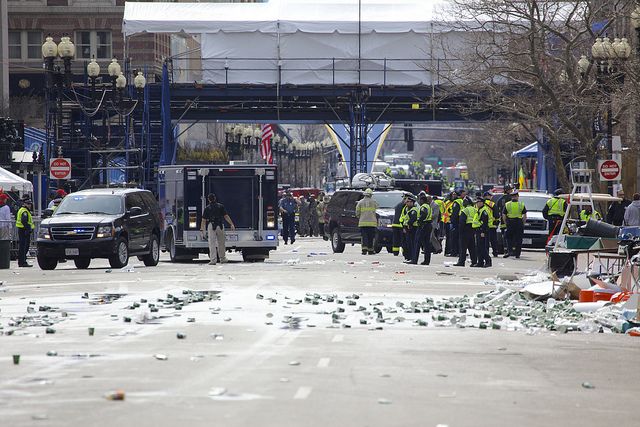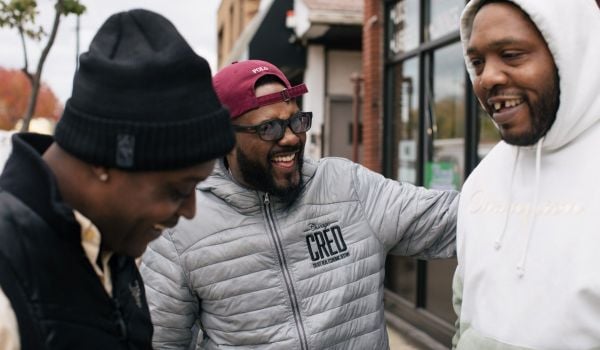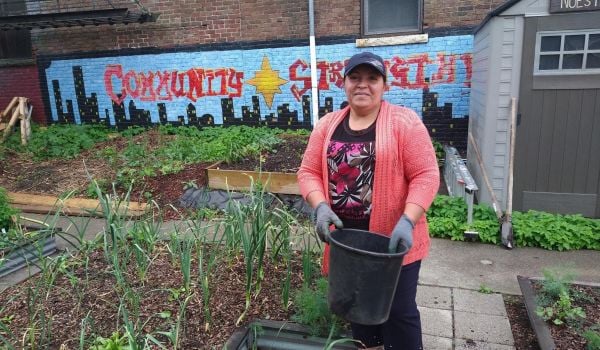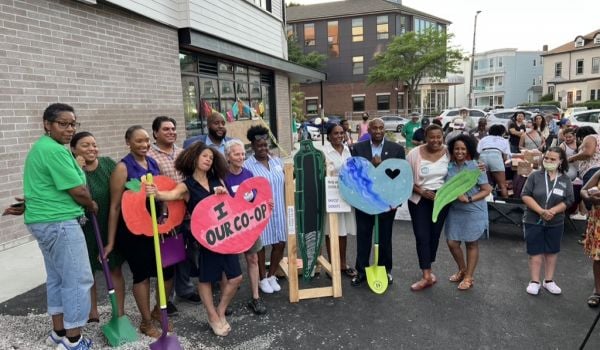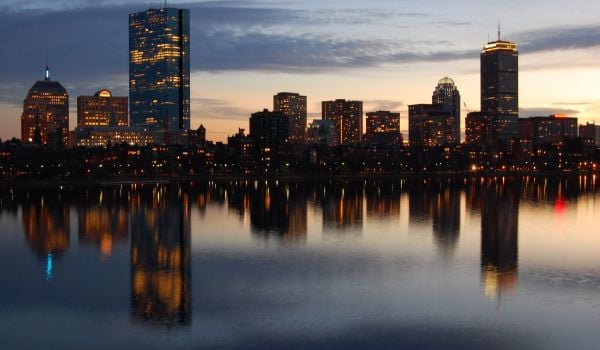As a nation, we continue to try to understand why the two Tsarnaevs brothers, suspects in last week’s bombings at the Boston Marathon, chose to murder and maim their neighbors. We parse their biographies and search for clues in their background.
In addition to the quarter-billion dollars lost by closing down Boston to hunt for the bombers, thousands of reporting hours have been poured into telling the stories of these troubled young men. News agencies have made a bunch of timelines chronicling the men’s lives and tracked down their parents in Russia for lengthy interviews. The New York Times and other outlets have posted the full bedside court hearing of 19-year-old Dzhokhar Tsarnaev, the wounded but surviving suspect — his brother, 26-year-old Tamerlan Tsarnaev, died in a shootout with police on Friday — even though he only said one word, “no,” the entire time. In search of answers, journalists have analyzed everything from the brothers’ upbringing in Tokmok, Kyrgyzstan, to their ties to Islamic terrorism, to their susceptibility to “young male rage.”
Generally, this all is for a good reason: Understanding the origins of violence helps prevent it in the future. Yet as we continue to mull over the Boston Marathon bombings, other troubled young men are picking up guns and killing one another in cities across the country.
A quick scan of the Times-Picayune’s crime page shows that in the 10 days since the brothers dropped a black bag on a crowded Boston corner, dozens people have been shot in New Orleans. In the week before the April 15 bombings, 14 people were murdered in the streets of Philadelphia, while seven were killed in Chicago.
We don’t know any of their stories nearly as well as we know the story of the Tsarnaevs. There are legitimate reasons for this: The crimes were not spectacular; the case-by-case body counts were lower; no law enforcement officers were caught in the crossfire.
The argument works until you consider the cumulative. In 2012, more than 500 people were killed in Chicago. New Orleans lost 193 people. Another 217 fell to deadly violence in Baltimore, and 92 were killed in Washington, D.C.
Even in comparatively low-crime Boston, where the manhunt for Dzhokhar managed to shut down a major chunk of the metro area, street violence adds up. Between January 1 and April 9, nine days before an MIT security officer became the Tsarnaev’s fourth and final victim in a shootout, Boston police had reported 37 shootings in the city, seven of them fatal.
Taking a step back, the story muddles. A hierarchy of death has rendered invisible the lives of thousands of young urban men. We do not interview their mothers upon arrest. We don’t attempt literary analysis on their Twitter feeds or track down the mothers of their own children. It forces the question: Why don’t we pour resources into better understanding this country’s urban violence epidemic and the lives caught within it? And if we in the news media did make the timelines and tell the stories of the lives of men who are shooting each other, could we better understand when and how to intervene to stop the chain of events from reaching its tragic endpoint — one that has become so predictable, it often isn’t even a story?
Ariella Cohen is Next City’s editor-in-chief.
Follow Ariella .(JavaScript must be enabled to view this email address)

